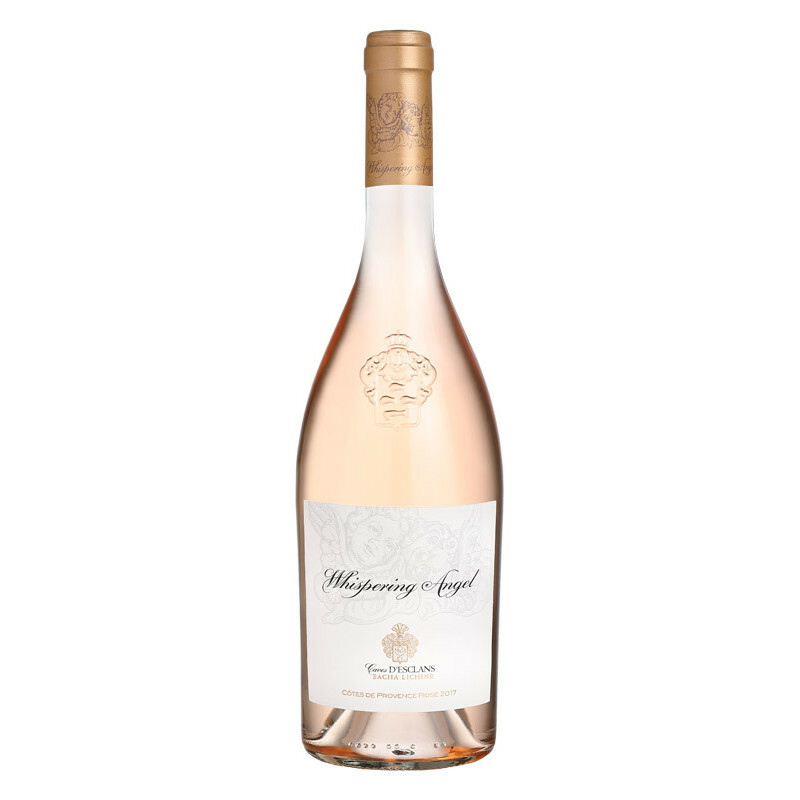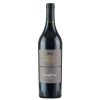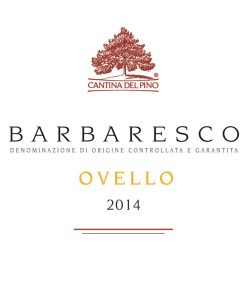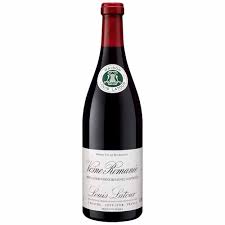2021 Chateau D’Esclans Rose
2021 Chateau D’Esclans Rose is today’s worldwide reference for Provence Rosé. Its pale color is pleasing to the eye and draws one in. The rewarding taste profile is full and lush while being bone dry with a smooth finish. Highly approachable and enjoyable with a broad range of cuisine, Whispering Angel is a premium Rosé that you can drink from mid-day to midnight.
Created by Sacha Lichine following his acquisition of Château d’Esclans in 2006, his vision was to create the greatest rosés in the world igniting the “Rosé Renaissance.” Sacha introduced new and innovative winemaking techniques to Provence which revolutionized the styles of rosés being produced from this region. This led to the creation of Whispering Angel, a world class rosé which presents both ease and accessibility making for enjoyment and pleasure.
Rosé
A rosé (from French, rosé [ʁoze]) is a type of wine that incorporates some of the color from the grape skins, but not enough to qualify it as a red wine. It may be the oldest known type of wine, as it is the most straightforward to make with the skin contact method. The pink color can range from a pale “”onion-skin”” orange to a vivid near-purple, depending on the grape varieties used and winemaking techniques. Usually, the wine is labelled rosé in French, Portuguese, and English-speaking countries, rosado in Spanish, or rosato in Italian.
There are three major ways to produce rosé wine: skin contact, saignée, and blending. Rosé wines can be made still, semi-sparkling or sparkling and with a wide range of sweetness levels from highly dry Provençal rosé to sweet White Zinfandels and blushes. Rosé wines are made from a wide variety of grapes and can be found all around the globe.
When rosé wine is the primary product, it is produced with the skin contact method. Black-skinned grapes are crushed and the skins are allowed to remain in contact with the juice for a short period, typically two to twenty hours. The grape is then pressed and the skins discarded, rather than left in contact throughout fermentation (as with red wine making). The longer the skins are left in contact with the juice, the more intense the color of the final wine.
Related products
Uncategorized
Wine from Piedmont, Italy
Wines!
Uncategorized
92pts Decanter SAVE 31%
Uncategorized
Champagne Wine





